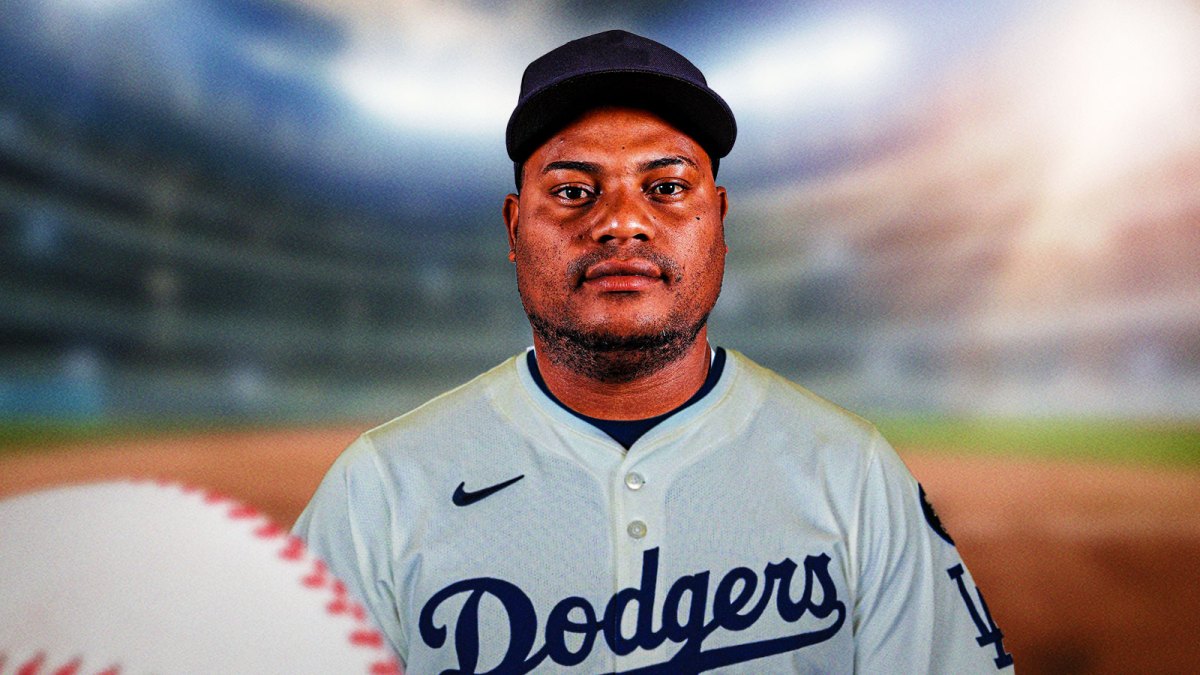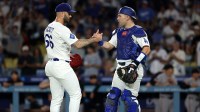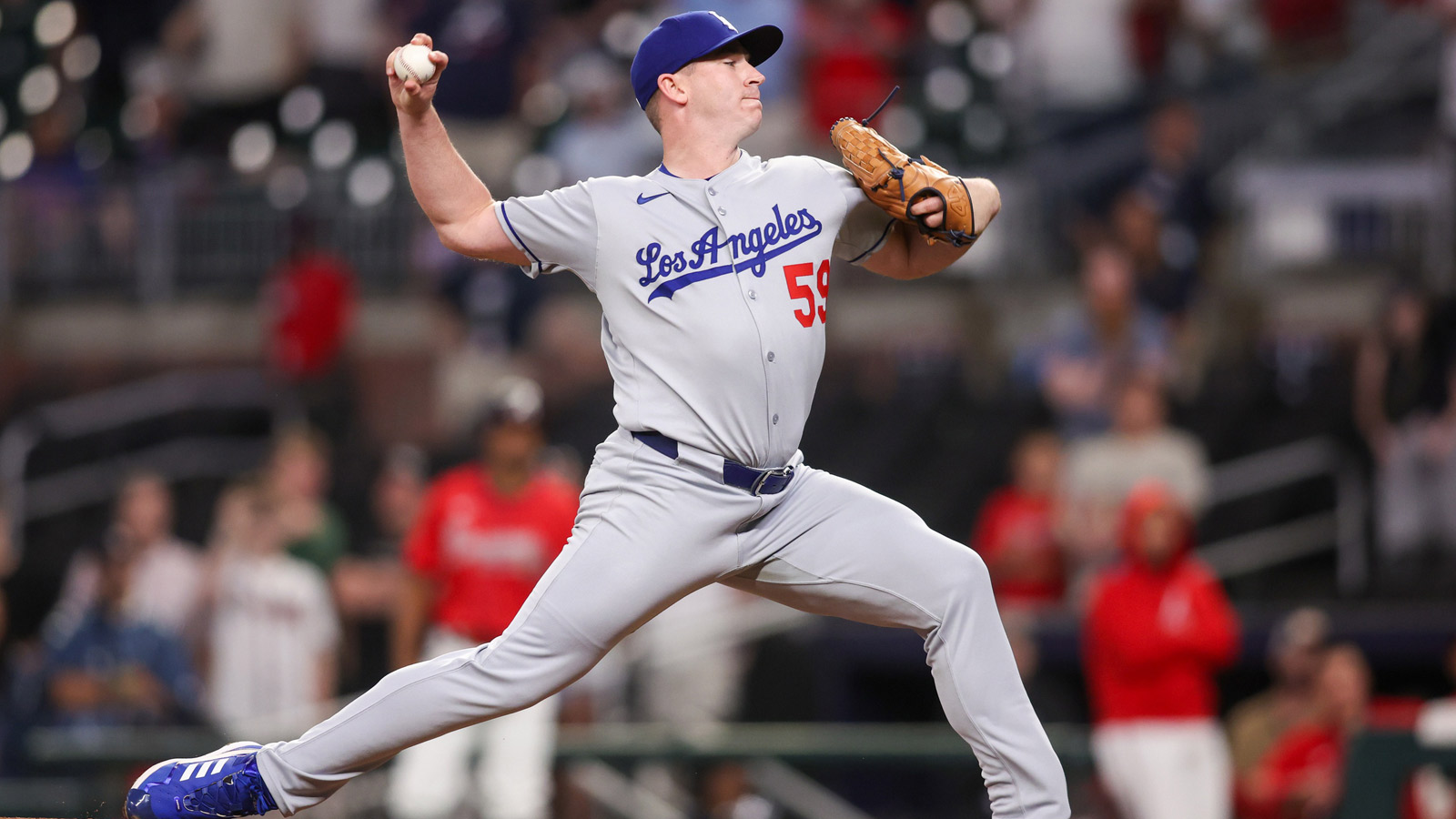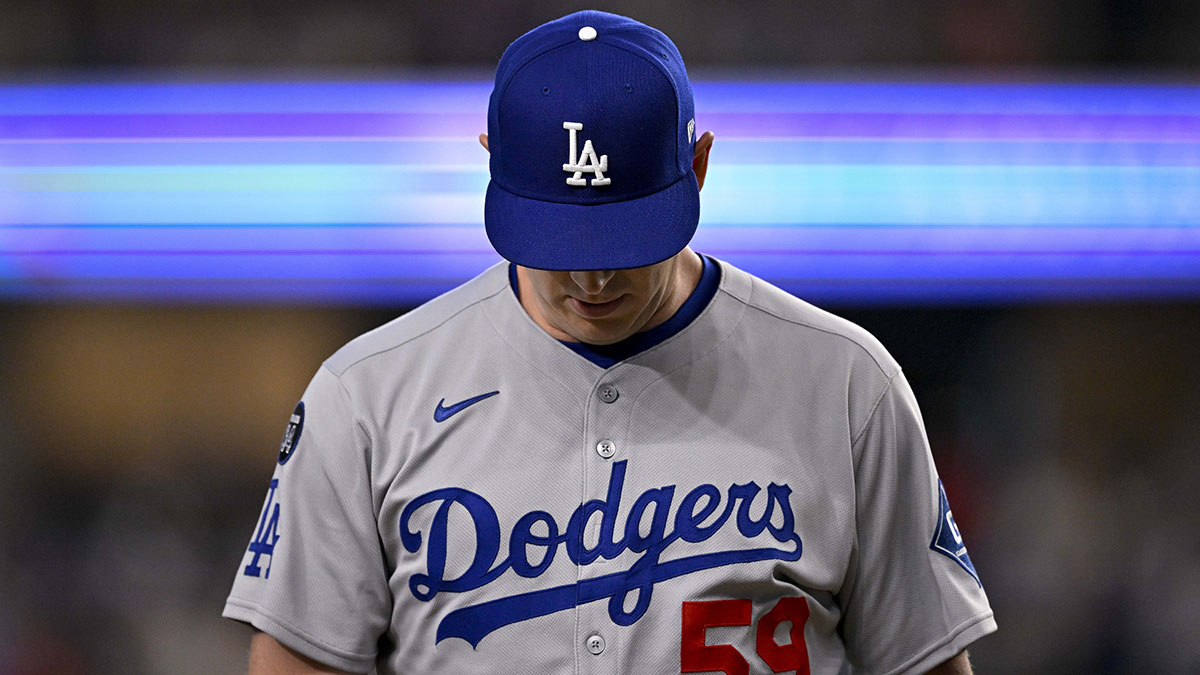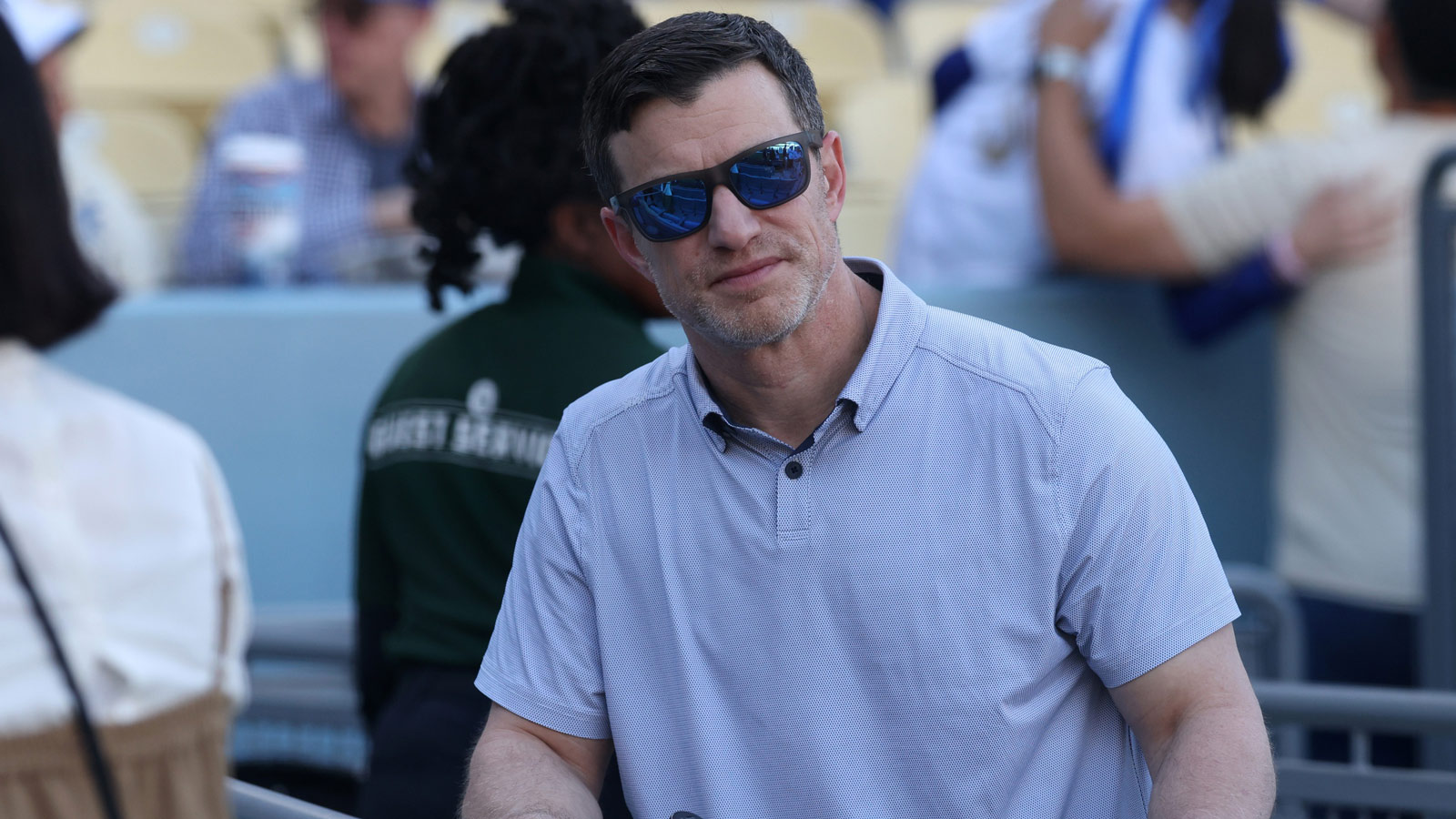Framber Valdez stands as the crown jewel of the 2025 free-agent starting pitcher market, and the Los Angeles Dodgers would be wise to aggressively pursue the elite left-hander this offseason. After months of speculation, the two-time All-Star has officially entered free agency, leaving the Houston Astros to watch from the sidelines as a bidding war unfolds. For the Dodgers, who are seeking their third consecutive World Series title, landing Valdez represents an opportunity to fortify their rotation with an ace who has proven capable of performing at the highest levels of professional baseball.
Current market projections suggest Valdez will command somewhere between $189 million to $199 million over six to seven years. However, the Dodgers must think strategically about how to position themselves above competing suitors like the Orioles, Red Sox, and Giants. The key isn't simply matching offers—it's structuring an agreement that provides Valdez with security while giving Los Angeles the financial flexibility they crave. This is where a seven-year, $203 million contract with smart incentive clauses and performance bonuses becomes the perfect proposition.
The Contract Structure: Seven Years, $203 Million

The Dodgers should construct Valdez's deal with an average annual value of approximately $29 million per season, which falls neatly within the projected range for top free-agent starters. However, the brilliance of this offer lies in its architecture. The contract should front-load the first three years at $31 million annually, demonstrating immediate commitment while providing Valdez with substantial guaranteed income early in the agreement. This structure gives the pitcher peace of mind while the Dodgers benefit from cap flexibility in the later years of the deal.
Years four through six would drop to $28 million per season, while the seventh year would be structured as a mutual option with a $5 million buyout. This creative approach protects Los Angeles from being locked into an overly expensive contract for an aging starter while still providing Valdez with the long-term security of a seven-year commitment. The mutual option also sends a clear signal: the Dodgers are confident enough in Valdez's durability and performance to express genuine interest in keeping him beyond the initial guarantee.
Performance Incentives and Add-on Clauses
Beyond the base contract value, the Dodgers should sweeten the deal with performance-based incentives that can push the total value closer to $210 million. Valdez could earn up to $750,000 annually for All-Star selections, $500,000 for finishing in the top five in Cy Young voting, and additional bonuses for posting a sub-3.00 ERA or surpassing 200 innings pitched in a given season. These incentives are mutually beneficial—they motivate Valdez to maintain elite-level performance while simultaneously reward the Dodgers with dominant pitching at exactly the moments they need it most, particularly during postseason runs.
We ranked the Top 10 landing spots for Framber Valdez amid trade rumors 🔮 pic.twitter.com/5uhuSdVc9K
— B/R Walk-Off (@BRWalkoff) December 20, 2023
Why This Contract Outpaces the Competition
The Dodgers' greatest advantage in pursuing Valdez is their organizational prestige, recent playoff success, and financial resources. While the Orioles or Red Sox might offer comparable guarantees, Los Angeles can differentiate itself by offering Valdez a legitimate chance to win additional championships while playing for baseball's most storied franchise. A seven-year commitment at $203 million, coupled with performance incentives and the mutual option structure, shows the Dodgers are thinking beyond the traditional contract template—they're thinking like a pitcher's partner.
This offer also acknowledges market realities while providing strategic flexibility. At 31 years old entering free agency, Valdez knows he likely won't receive multiple mega-deals in his career. The combination of front-loaded dollars, performance incentives, and the mutual option in year seven demonstrates sophisticated contract architecture that protects all parties. The Dodgers get their ace without committing to a potential financial albatross, Valdez secures generational wealth, and the mutual option creates an opportunity for mutually beneficial renegotiation down the road if both parties are satisfied.
By offering seven years and $203 million with these structural components, the Dodgers position themselves as the most attractive landing spot for Framber Valdez. The combination of guaranteed money, performance incentives, organizational excellence, and financial sophistication creates an offer that's simply too compelling to refuse. In the arms race for pitching talent, strategic contract architecture can prove just as valuable as raw dollars—and the Dodgers have both in abundance.

